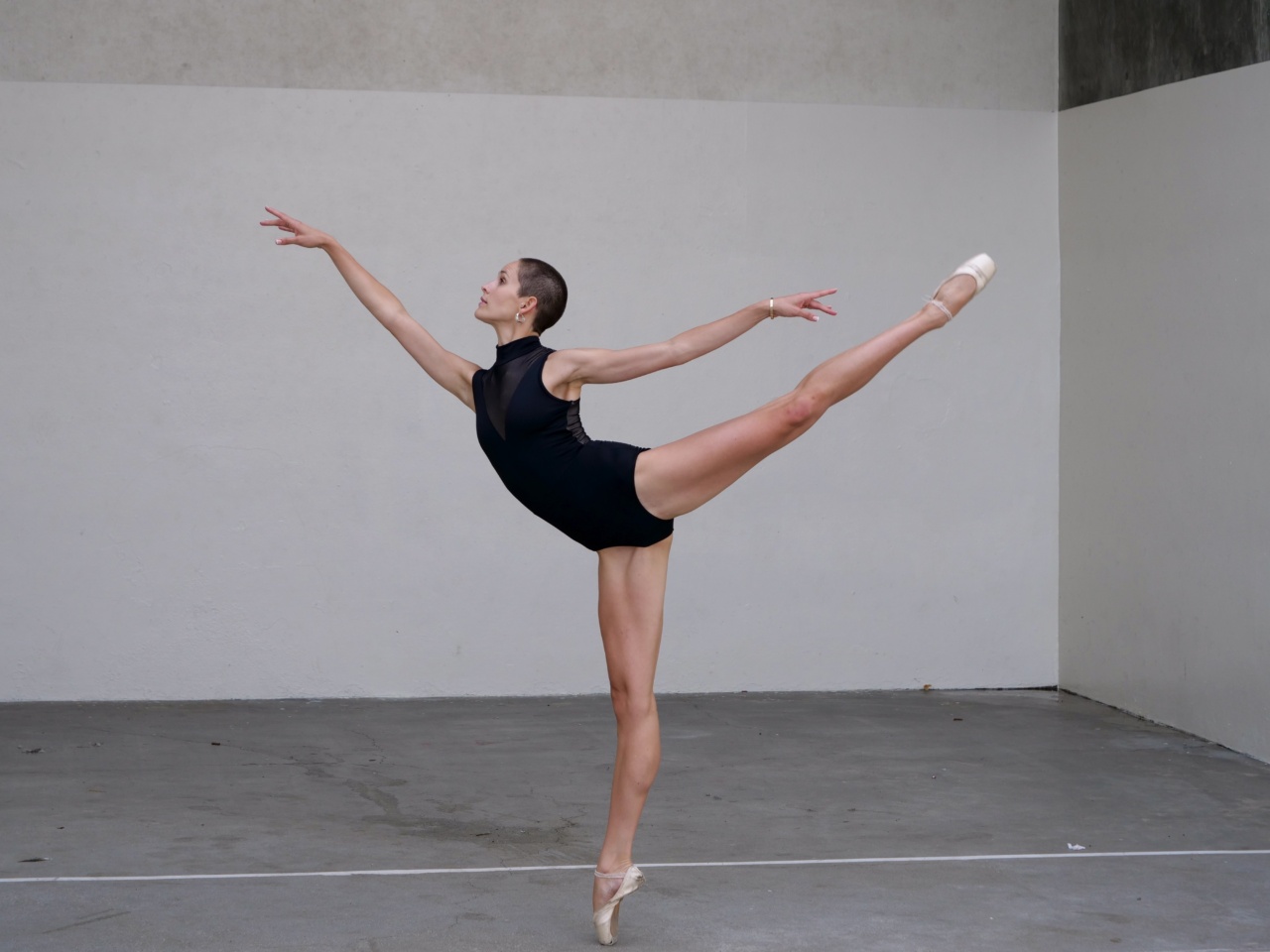Parkinson’s disease is a progressive nervous system disorder that affects movement. It is caused by a loss of dopamine-producing cells in the brain.
The symptoms of Parkinson’s can vary from person to person, but common signs include tremors, stiffness, and difficulty with balance and coordination.
While there is no cure for Parkinson’s, there are several treatment options available to help manage the symptoms and improve the quality of life for individuals with the disease.
Along with medication and therapy, regular exercise has been shown to be especially beneficial in reducing the severity of symptoms and slowing down the progression of the disease.
The Importance of Exercise for Parkinson’s Patients
Exercise plays a crucial role in managing Parkinson’s disease. It helps to improve mobility, flexibility, balance, and coordination.
Regular physical activity also counteracts the muscle stiffness and rigidity commonly associated with Parkinson’s. Furthermore, exercise can help alleviate other non-motor symptoms such as depression, anxiety, and sleep disturbances.
Research has shown that exercise not only improves physical symptoms but also enhances cognitive function and neuroplasticity.
Physical activity can contribute to the brain’s ability to reorganize neural pathways and form new connections, which can help compensate for the loss of dopamine-producing cells.
Recommended Exercise for Parkinson’s Patients
While there are various forms of exercise that can benefit Parkinson’s patients, certain activities have been particularly effective in managing the disease. One exercise that has gained significant attention is dancing.
Dance Therapy for Parkinson’s
Dance therapy combines the physical benefits of exercise with the emotional and social components of dancing. Studies have shown that dancing can improve balance, gait, and overall mobility in Parkinson’s patients.
The rhythmic nature of dance helps foster a sense of rhythm and coordination, which can be particularly challenging for individuals with Parkinson’s.
Dance therapy also offers a unique social aspect. Participating in dance classes and group activities not only promotes social interaction but also provides emotional support and encouragement.
This can significantly improve the overall well-being and quality of life for Parkinson’s patients.
There are various dance styles that can be adapted to accommodate individuals with Parkinson’s. Some popular styles include tango, Wu Tao, and the LSVT BIG program, which is specifically designed for individuals with Parkinson’s.
Parkinson’s-Specific Exercises
In addition to dance therapy, there are several specific exercises that target the symptoms of Parkinson’s disease.
1. Tai Chi
Tai Chi is a slow and gentle form of exercise that improves balance, flexibility, and muscle strength. It also helps reduce stress and promote relaxation.
Studies have shown that Tai Chi can have significant benefits for individuals with Parkinson’s disease, including improved balance and reduced falls.
2. Yoga
Yoga combines physical postures, breathing exercises, and meditation to promote overall wellness. It helps with flexibility, strength, and balance.
Furthermore, yoga can help reduce anxiety and stress, which are common non-motor symptoms associated with Parkinson’s disease.
3. Cycling
Cycling is a low-impact exercise that can help improve cardiovascular fitness, muscle strength, and coordination. It is particularly beneficial for individuals with Parkinson’s as it helps reduce stiffness and improves balance.
4. Strength Training
Strength training exercises, such as lifting weights or using resistance bands, can help improve muscle strength and endurance. It also helps with posture and stability.
Parkinson’s patients should consult with a physical therapist to develop a strength training program tailored to their specific needs.
5. Walking
Walking is a simple and accessible exercise that can be easily incorporated into daily life. It improves cardiovascular health, muscle strength, and balance.
Walking outdoors provides additional benefits, including exposure to natural light and vitamin D.
Important Considerations
Before starting any exercise program, individuals with Parkinson’s disease should consult with their healthcare provider, particularly a physical therapist or movement disorder specialist who specializes in Parkinson’s management.
They can provide guidance on the types and intensity of exercises that are safe and beneficial for each individual’s specific needs and limitations.
It’s important to start slowly and gradually increase the duration and intensity of the exercises. Listening to the body and taking breaks when needed is crucial to avoid overexertion or injury.
Additionally, individuals should pay attention to their medication schedule to ensure the best timing for exercise sessions.
Conclusion
Regular exercise is a fundamental component of managing Parkinson’s disease. It can help improve mobility, balance, and coordination, while also providing emotional and social support.
Dance therapy, Tai Chi, yoga, cycling, strength training, and walking are all excellent exercise options for individuals with Parkinson’s. Remember to consult with a healthcare professional before starting any new exercise regimen.





























